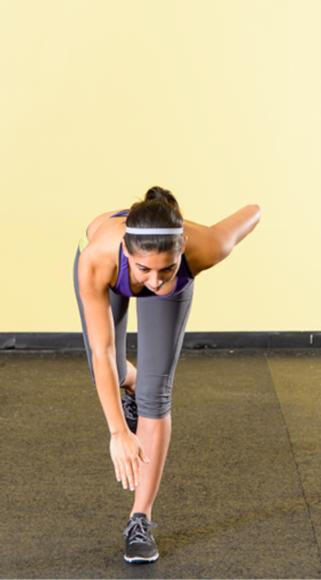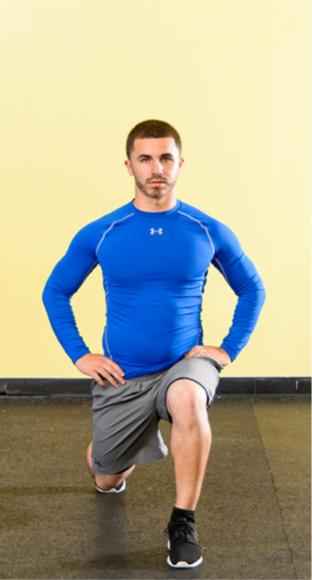Integrating Functional Training Into Your Training Plan
This is an excerpt from Functional Training by Juan Carlos Santana.
Each sport-specific program in chapter 9 includes three types of workouts: a conditioning day, a strength day, and a power or power-endurance day. A beginning athlete should perform the conditioning day two or three times per week for two to four weeks and then move on to the strength program. An athlete with at least a month of base training can start with the strength workout and perform it two or three times per week for two to four weeks before proceeding to the power program. An experienced and conditioned athlete with plenty of strength who is looking for power development can start with the power workout two or three times per week for two to four weeks and then proceed to the power-endurance program if needed. An experienced and conditioned athlete who is looking for power endurance can perform the power-endurance workouts two or three times per week for two to four weeks. Finally, some advanced athletes prefer to use an undulating method of training in which day 1 is a conditioning day, day 2 is a strength day, and day 3 is a power or power-endurance day. This undulating format can be performed for a longer period (2-3 months), and a reduced version of this program can be used for in-season training.
To tailor the intensity of the exercises in the following programs, use the tweaks previously discussed in this book. This means manipulating the range of motion, lever arm, speed, base, and external load to make the assigned number of repetitions and sets challenging. For example, if you are assigned a dumbbell reaching lunge for 4 to 6 repetitions during a strength phase, use enough load to make the 4 to 6 repetitions challenging. Likewise, if push-ups are assigned for 4 to 6 repetitions during a strength phase, slow the movement to a speed at which 4 to 6 repetitions become challenging.
You can also vary the load and the equipment used to provide that load. This means if a bodyweight lunge is too easy, you can load it with dumbbells, kettlebells, a medicine ball, or any other external free weight. Likewise, if you are assigned a dumbbell reaching lunge, you can load it with a medicine ball instead of dumbbells. The load is the load, and the body does not know what you are carrying in your hands. The intensity of the movement is what it is important. Make sure it's an intensity that allows you to complete the program as outlined.
A day of rest between workouts is recommended. However, don't worry if you have to work out two days in a row on occasion. As long as you don't make it a habit, your body will recover during subsequent normal weeks of training. That's one of the great things about functional training - it spreads the work over many muscle systems so it does not damage a targeted muscle the way bodybuilding does. This is how gymnasts, baseball players, wrestlers, and many other athletes can do the same thing every day without days off. Now, let's take a look at the functional training programs that will change the way you perform forever.
Grab-and-Go Protocols
The grab-and-go protocols are preprogrammed protocols that can be used as basic workouts to get a beginner started in foundational training (i.e., JV Program) or to kick-start the conditioning phase of an intermediate and even advanced training program (i.e., Varsity Program). Regardless of the grab-and-go program you chose, it will give you an idea of how to start programming functional training. Feel free to experiment with any combination of exercises in this book using the template you see in these simple programs.
JV Program
This general conditioning program (table 7.1) involves the eight bodyweight progressions and is perfect for the novice athlete who is starting an exercise program for the first time. It's also ideal for a young athlete (8-13 years old) who has never trained and is curious about improving athletic ability via strength and conditioning.
The Exercises
|
|
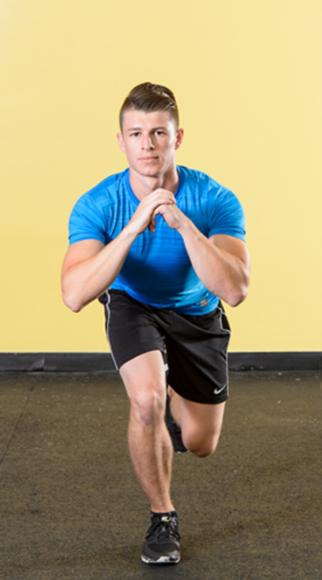 |
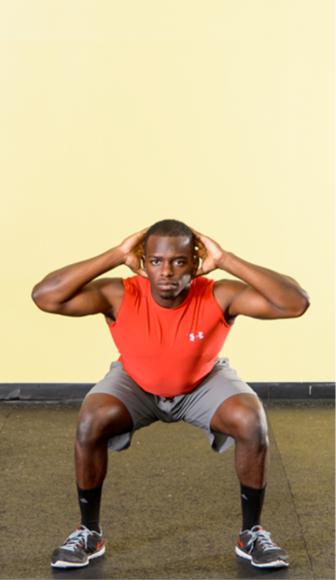 |
||
|
Single-leg CLA anterior reach. |
Single-leg squat. | Bodyweight double-leg squat. |
|
|
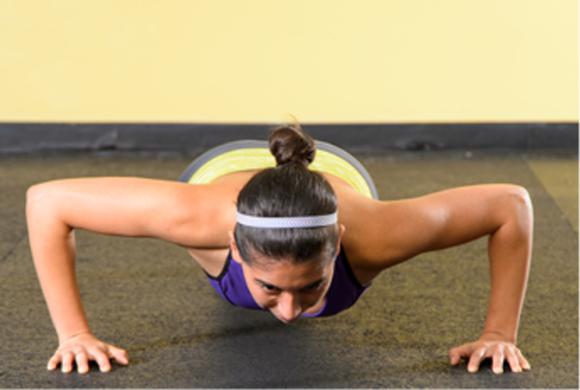 |
|
|
Bodyweight alternating lunge. |
Bodyweight push-up. |
|
|
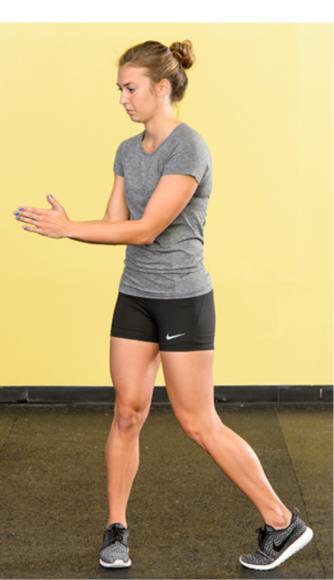 |
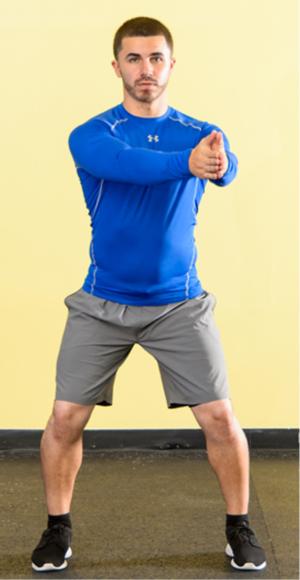 |
||
|
Recline pull (row). |
Rotation with pivot. | Rotation without pivot. |
The How
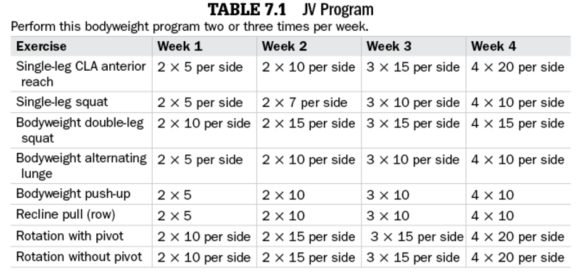
Learn more about Functional Training.
More Excerpts From Functional TrainingSHOP

Get the latest insights with regular newsletters, plus periodic product information and special insider offers.
JOIN NOW



